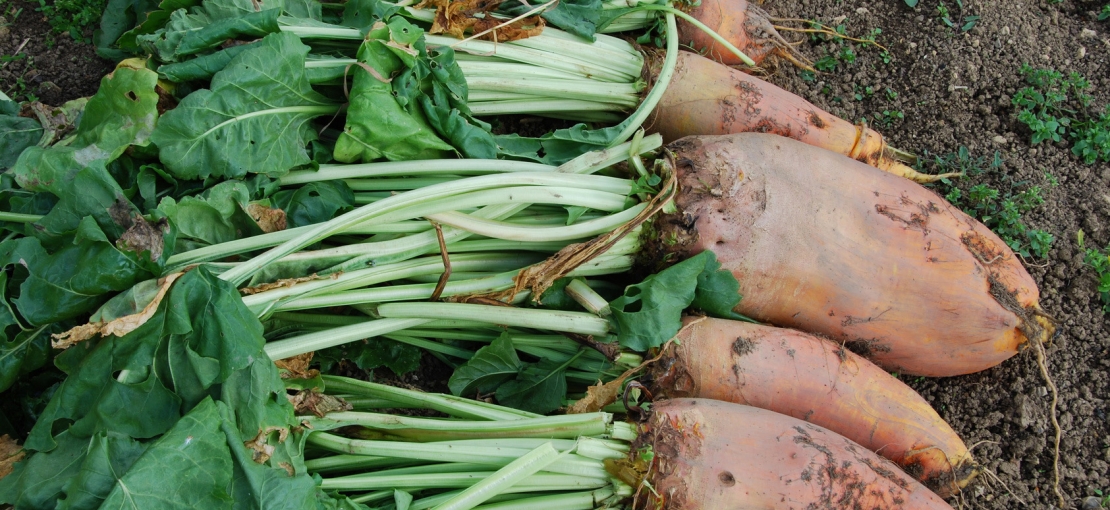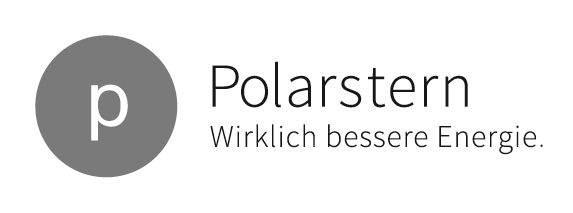
Thermal energy from sugar beets
Environmentally friendly heating with renewable energy
This biogas is made in a sugar factory in Hungary from the by-products of sugar production. In the adjoining biogas plant, the sugar beet tailings are first fermented into biogas and then fed directly into the European gas network.
Sugar beet gas from Hungary
While it’s true that the sugar beet gas doesn’t actually end up in Tettnang, you can imagine the system like a large pool. It works in the same way as the electrical grid: gas flows in from all sides and from a variety of sources – our sugar beet gas is one of these.
The gas coalesces in the pool – after all, gas is just a chemical mixture and it doesn’t matter which energy source was used to produce it. The more gas from renewable resources there is, the less fossil natural gas has to be produced to fill the pool and cover our energy requirements for heating. Biogas "displaces" fossil gas from the grid.
100 % TÜV-certified biogas at VAUDE
To ensure that VAUDE uses biogas exclusively, despite the great distance between the plant and the company, TÜV certifies that the quantity VAUDE actually uses is actually fed into the gas network from the sugar factory. Read more here.
Heating energy consumption VAUDE
Create your own infographicsWeather-adjusted energy consumption
In order to be able to evaluate our heating energy consumption independently from outdoor temperatures and the duration of the heating period, we use regional degree days for Ravensburg (GTZspez) to compare our consumption levels. The Ravensburg Energy Agency listed this value at 3,715 for 2017.
This resulted in higher weather-adjusted heating energy needs than our actual consumption meaning that we used less energy for heating than would be predicted from the outdoor temperatures.
Nevertheless, our heating energy consumption has continued to rise. This is primarily due to the fact that the energy consumption for heat in the factory outlet store has risen sharply. The factory outlet building is old and not very well insulated.
We will keep an eye on our heating energy requirements in the future and with the help of technical measures as well as employee awareness, try to heat our buildings even more conservatively in the future.
Solar thermal energy for cyclist showering facilities
VAUDE not only has photovoltaics on its roofs (more about it here ), but also solar thermal energy for hot water. For example, after a strenuous bike commute to work, our employees can take a hot shower using solar energy.
This conserves the gas needed for hot water production. We supplement with gas only when the sun doesn’t shine. In 2017, we generated 2,200 kilowatt hours of energy with solar thermal energy.
| GRI: | 302-1 |
| GRI: | 302-2 |
| GRI: | 302-3 |
| GRI: | 302-4 |





